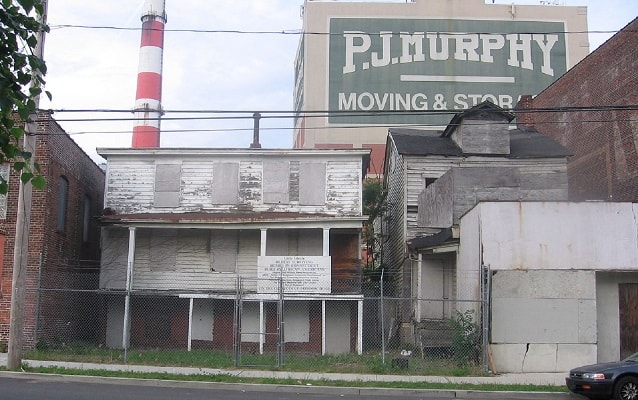Last updated: June 26, 2020
Place
Mary and Eliza Freeman Houses

Photo by Pedro Xing, CC0.
Completed in the late 1840s, the Mary and Eliza Freeman Houses are significant as the last two houses to survive of "Little Liberia." This was a settlement of free African Americans in Bridgeport, Connecticut, that began in 1831 and reached its highest population just prior to the outbreak of the Civil War. The 1830s was a time when African Americans in the North, almost all free, started to leave rural areas and move to more populated, central communities. The origin of the name "Little Liberia" is based on oral tradition that the community's inhabitants strongly identified with the new African nation established for freed African slaves.
Mary (1815-1883) and Eliza Freeman (1805-1862) were born in Derby, Connecticut, 13 miles inland from Bridgeport. Born into freedom, the two women never married and became successful landowners. In 1848, the sisters purchased adjoining building lots in "Little Liberia" and used their homes as rental property while they worked and resided in New York. Little is known about their activities in New York during this period.
Eliza moved permanently from New York to Bridgeport around 1855 and worked in the home of a local resident. At the time of her death in 1862, she had over $3,000 in real estate holdings in Bridgeport.
Mary Freeman moved back to the community just prior to Eliza’s death and subsequently bought her sister’s properties. Over the next years, Mary profited from her land holdings and was a much respected member of the community. Her 1883 obituary in the Bridgeport Standard reads, "Miss Mary Freeman, an old and well known colored lady, died at her residence at 114 Main Street yesterday... The deceased...had during her life accumulated considerable property, which is variously estimated from $30,000 to $50,000. She owned several houses on Main and Gregory Streets."
During their lifetimes the Freeman sisters overcame significant obstacles as women and as African Americans in 19th century society.
